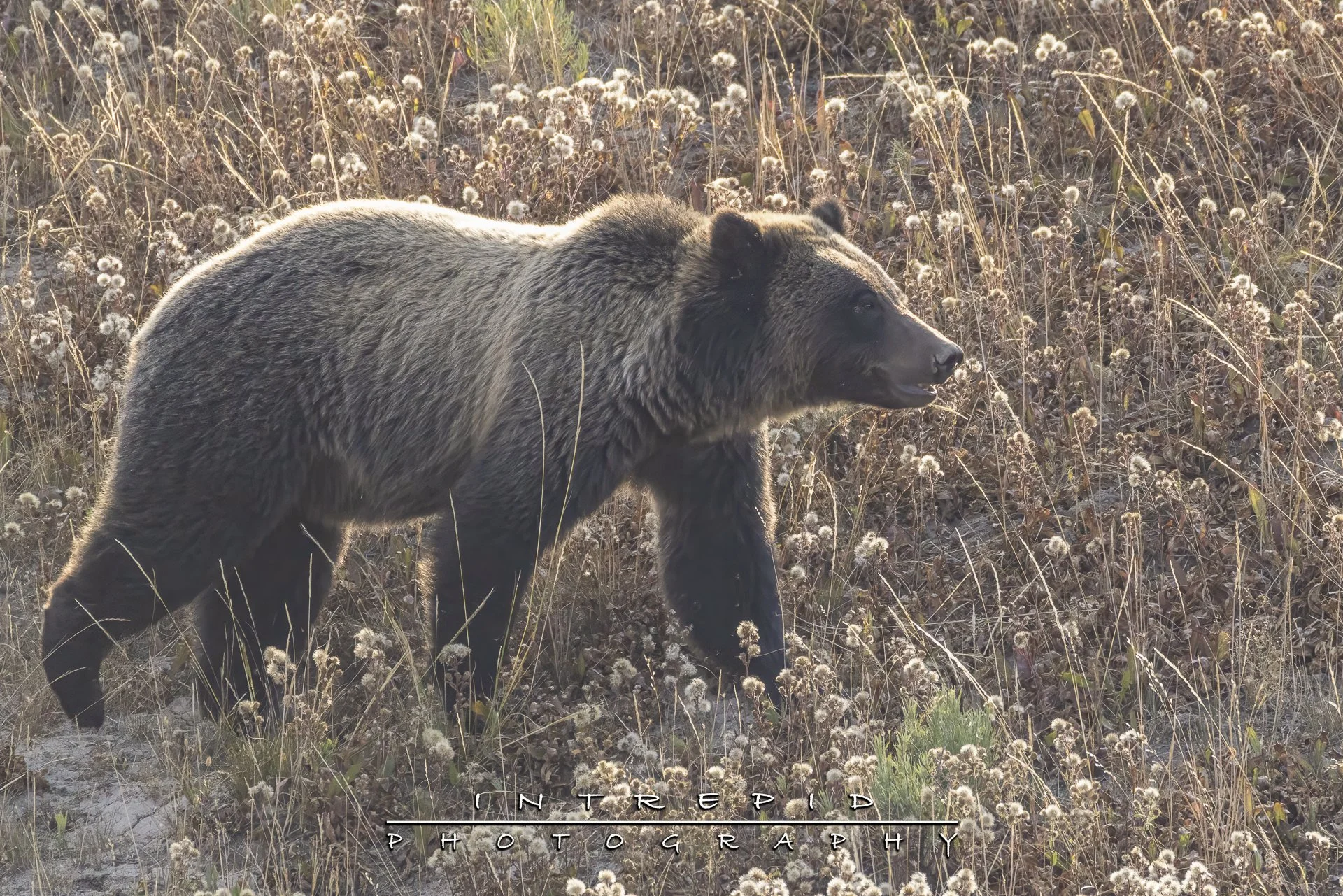Yellowstone and Grand Teton both have a special relationship with wildlife.
Brown bears, otherwise known as grizzlies, have had the expected relationship with humans over the years. Due to the potential danger they pose as dangerous apex predators they were driven to the endangered species list, but have fortunately began to rebound as initiatives have been undertaken to protect them and ensure they have ample range in order to live with minimal interactions with humans. Another popular range for grizzlies is Alaska, but the Rocky Mountain grizzlies are thought be more dangerous to humans as the food availability, or lack thereof, tends to make bears in the region more territorial and defensive over kills.
The last wolf in the Yellowstone area was killed in the 1920’s making them functionally extinct in the area until their re-introduction began in 1995 resulting in about 124 individuals found today in the park’s borders and totals around 500 if the immediately surrounding areas are included. Grey wolves are a popular attraction in the parks, however they tend to be somewhat reclusive and sightings are often a matter of chance or patience, observing at the right places and right time of day.
Bison once completely covered the American plains and numbered in the millions, but due to both early overhunting and the fact that they were unfortunate pawns in the American efforts to drive out the native Americans from their homelands, the number of bison are thought to have dropped to as low as 25 individuals. Yellowstone and Grand Teton now have the largest genetically pure bison herds that number around 5,000 currently, with many thousands more outside the park that have been recovered with the help of domesticated cattle. One of the premiere events at the park is to find yourself in a line of stopped traffic as herds of Bison walk inches from vehicles crossing the few park roadways.
Particularly in the fall rut season elk can be seen all throughout the parks, although the West Yellowstone area tends to be the most reliable viewing areas until their winter consolidation at the Teton Elk Refuge. Elk density in the parks has reduced since the re-introduction of the grey wolves in 1995 and there is much controversy about how much is direct predation, general dispersal due to predators in the area, and the overall ecological impact of the elk dispersal is thought a net positive there is still a good deal of debate on the topic.
Moose are always a visitor favorite in the parks and can commonly be seen around the marshland areas of Grand Teton and in parts of Yellowstone. The populations have been dwindling over the years and although not as common as they once were, moose can still be seen wandering around town as well as along the rivers.
Coyotes are always a pleasant sight around the valleys of Yellowstone. Being smaller of stature than their wolf relatives, coyotes are much more timid and are often killed when they get close to a wolf pack. Surviving on a diet of small rodents and whatever carcasses they encounter, we will often see coyotes crossing close to people in their search for food.





